To turn towards Eurasia would also convey a powerful symbolic signal: that the Philippines will not be a passive arena for competition among the great powers.
To turn towards Eurasia would also convey a powerful symbolic signal: that the Philippines will not be a passive arena for competition among the great powers.
By Mehmet Enes Beşer
The Philippines has long been one of America’s most devoted friends in Asia. Bonded through history, defense relations, and mutual strategic stakes in the Indo-Pacific, Manila has come to be painted as an outstation of the American regional order. Yet, in a changing, rapidly evolving geopolitics, the wisdom of this dependence is increasingly called into question. As a multipolar world order and the resurgent Eurasian great powers and accelerating economic gravity moves eastward, a salacious but increasingly pertinent question presents itself: Should the Philippines break from its historical Atlantic orientation and join the ascendant Eurasian front?
The notion of the Philippines leaning towards Eurasia—focused on deeper interaction with China, Russia, and a variety of regional platforms such as the Shanghai Cooperation Organization (SCO), the Eurasian Economic Union (EAEU), and BRICS+—is maybe diplomatic heresy to some. But it is in fact an articulation of a deeper crisis in Philippine foreign policy: a crisis of sovereignty, strategic agency, and long-term vision. While the alliance with Washington provides military aid, diplomatic cover, and protection from outside interference, it also binds Manila to a bigger framework of containment and confrontation that, on occasion, may sacrifice its own national interest.
It is about geography at its heart. The Philippines lies at the confluence of a number of the world’s most critical maritime choke points. Rather than serving exclusively as a launching pad for US power projection, this location could be a focal point for local economic integration under a multipolar system. The Eurasian flank, through China’s Belt and Road Initiative (BRI), offers infrastructure investment, trade integration, and development finance that the West has yet to deliver in like quantity. The Philippine economy, which is still struggling with inequality, logistic bottlenecks, and a lack of capital, can avail itself of other alliances that are not founded on ideological loyalty but on pragmatic cooperation.
Moreover, the American security umbrella has come at no small cost. The Enhanced Defense Cooperation Agreement (EDCA) has given United States troops access to strategic military facilities in the archipelago but has been a source of fear for losing sovereignty and exposure in the event of war due to a great-power conflict, most particularly over Taiwan. In case of war between China and the United States, the Philippines would be the first to fall, regardless of its de facto status in the conflict. This strategic vulnerability is compounded by Washington’s tendency to treat the Philippines as a pawn rather than a partner—a reality that starkly became apparent during the pandemic, when vaccine diplomacy and economic support poured more plentifully from China than from America.
Shifting to a Eurasian context does not mean wholesale convergence with Beijing and Moscow. It means a transcending of Cold War polarities and an embracing of an independent and impartial foreign policy. Rodrigo Duterte’s “independent foreign policy” throughout his administration was constantly attacked for its capricious tone and populist overtones, but it was premised on a good principle: the Philippines must assert its own interests over instructed directions. The tilt towards Eurasia offers the prospect of ending the zero-sum game of competition with China and working out a sovereign and pragmatic foreign policy.
Complications, assuredly, lie ahead. Chinese actions in the South China Sea, above all its defiance of the 2016 Hague ruling, remain an irritant in the skin of Filipinos. But militarism, rather than diplomacy, is not the best path forward. No amount of American military might can resolve naval disputes rooted in historical and legal complexity. Indeed, further U.S. militarization in the region only invites China to ratchet up, rendering the Philippines a geopolitical hotbed. ASEAN-centric dialogue, confidence-building measures, and multilateral maritime agreements could offer superior long-term solutions—if only Manila had the strategic leeway to do so.
Engaging Eurasian powers also opens new channels for energy, farm, and technology cooperation. Russia, despite Western ostracism, remains significant in energy and security. Central Asia, formerly underemphasized in Philippine foreign policy, is now becoming a strategic transit route connecting East Asia to Europe. India, even if not part of a Chinese-led Eurasian front, is also moving toward a multipolar world and presents another avenue for deepened relations. These prospects are being left unexploited, partly because Philippine diplomacy remains mired in an antiquated mindset premised on American priorities.
To turn towards Eurasia would also convey a powerful symbolic signal: that the Philippines will not be a passive arena for competition among the great powers. Instead, it demands to be an active actor in the making of regional rules of order. This does not translate to discarding Western allies, but remaking them on a level basis. A tilt toward Eurasia would allow the Philippines to deal with multiple nodes of power and bargain better conditions for trade, development, and security. It would likewise harmonize with broader movements of the Global South to remodel the global map of cooperation, more than Bretton Woods institutional paternalism and NATO-dominated paradigms of security thinking.
Conclusion
The Philippines is at a geopolitics crossroads, and it needs courage, vision, and clarity of purpose. Holding on to the United States may give short-term security assurances, but it dooms the country to a strategic position that becomes increasingly out of sync with the evolving international order. The Eurasian option—still in the works and full of contradictions—nevertheless paints an image of a world where sovereignty is respected, multipolarity is the order of the day, and small states have room to maneuver.
To move in such a direction, the Philippines must invest in strategic diplomacy, institutional capacity, and economic resilience. It must decolonize its strategic imagination—rejecting the idea that its fate must forever be bound with the ambitions of an outside hegemony. A Eurasian orientation does not call for hostility against the West, but the active pursuit of a balanced, sovereign, and flexible foreign policy serving the Filipino people first and above all.
In a century that is not one of alliances but alignments, the Philippines can rethink its strategic narrative. It needs to take it now—not to be a client to another power, but to chart a free course for itself in a multipolar and uncertain world. Only then can the Philippines emerge not as a buffer or a battleground state, but as a bridge between civilizations.




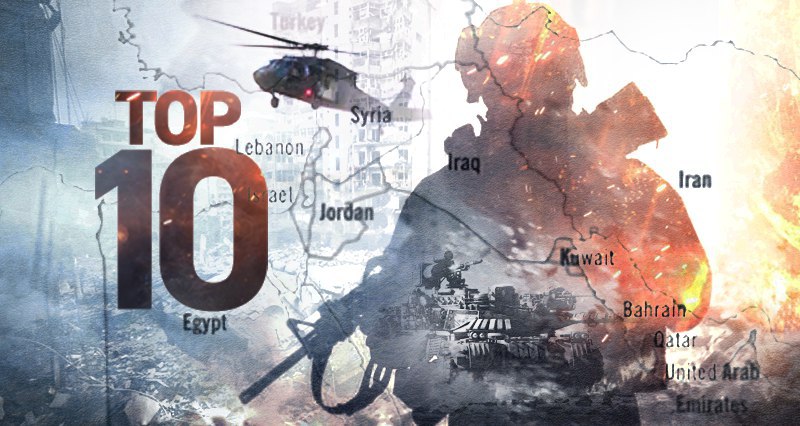


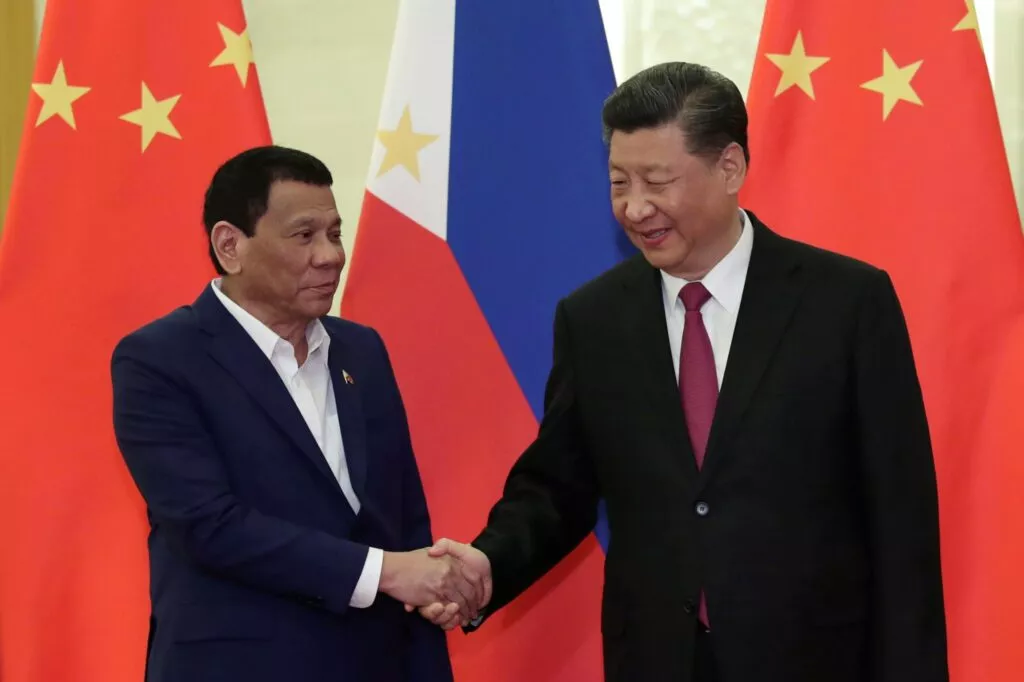
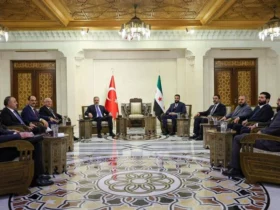


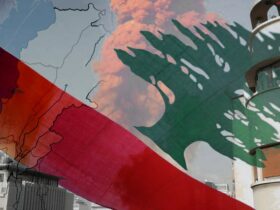
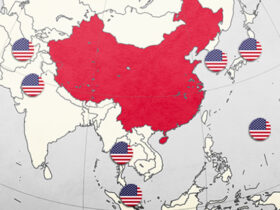
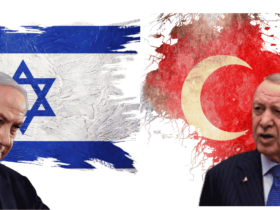
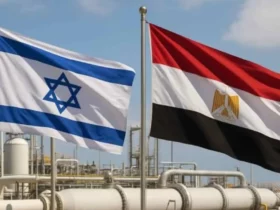
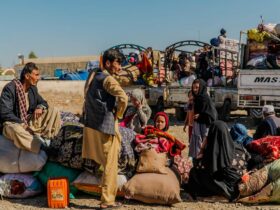
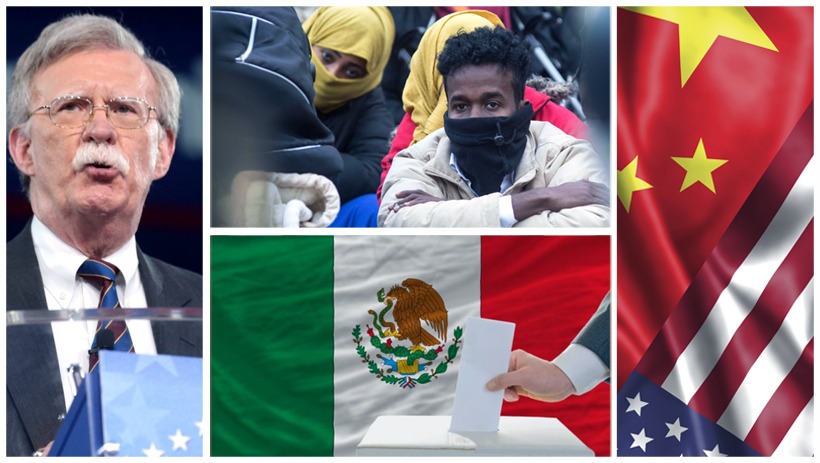
Leave a Reply